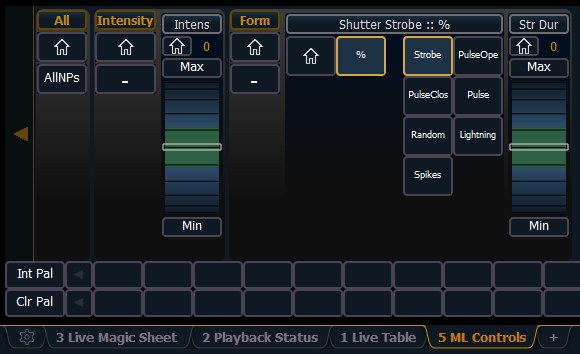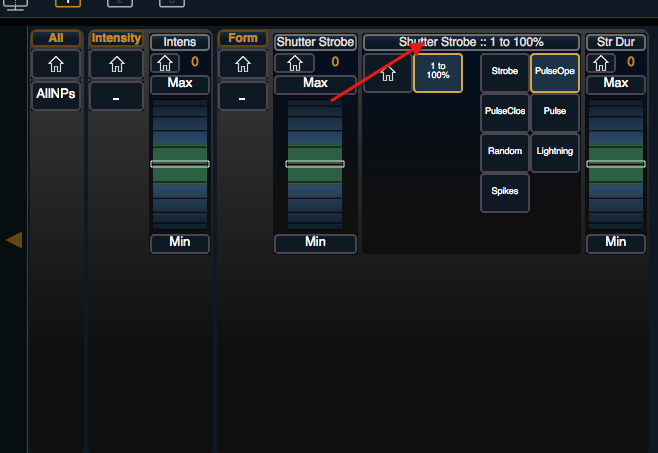I'm running a couple of Martin Atomic 3000 DMX Strobes in a show and I think I've found an error in the Fixture Profile. I'm sure there used to be a strobe rate control but I don't see one anymore.
I'm using an ETC element with Software 2.3.2.9.0.45 and Fixture Library 2.3.2.9.0.25 I'm not brave enough to edit my fixture profiles myself.
What say you all?



